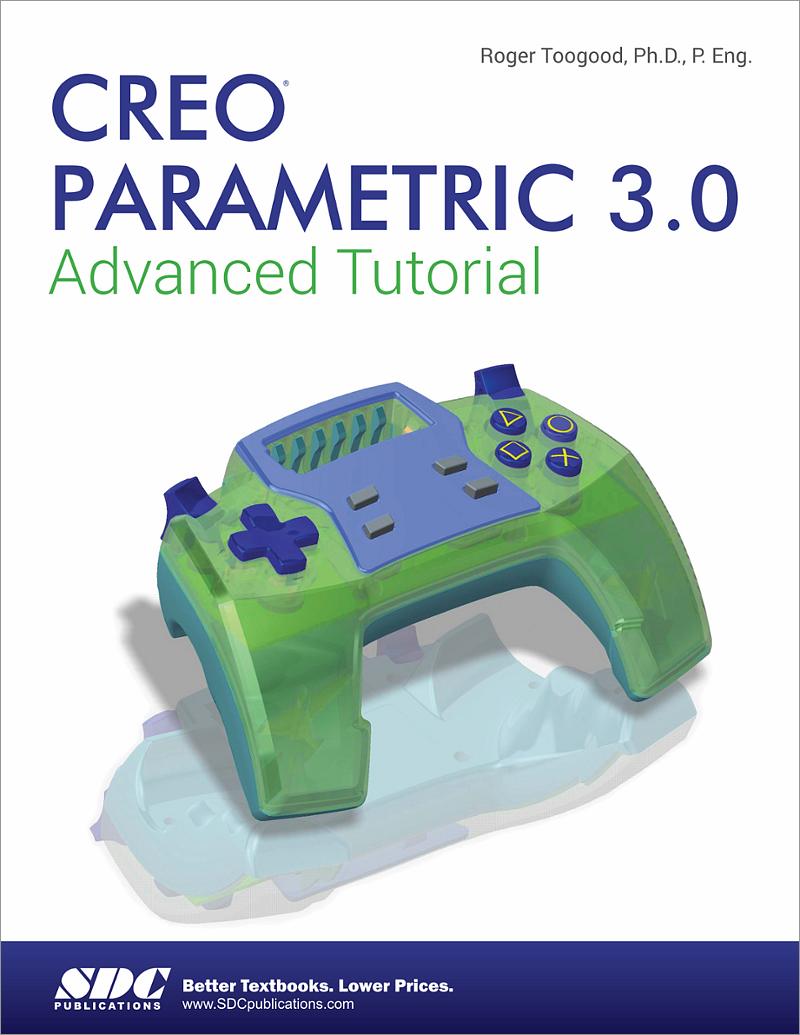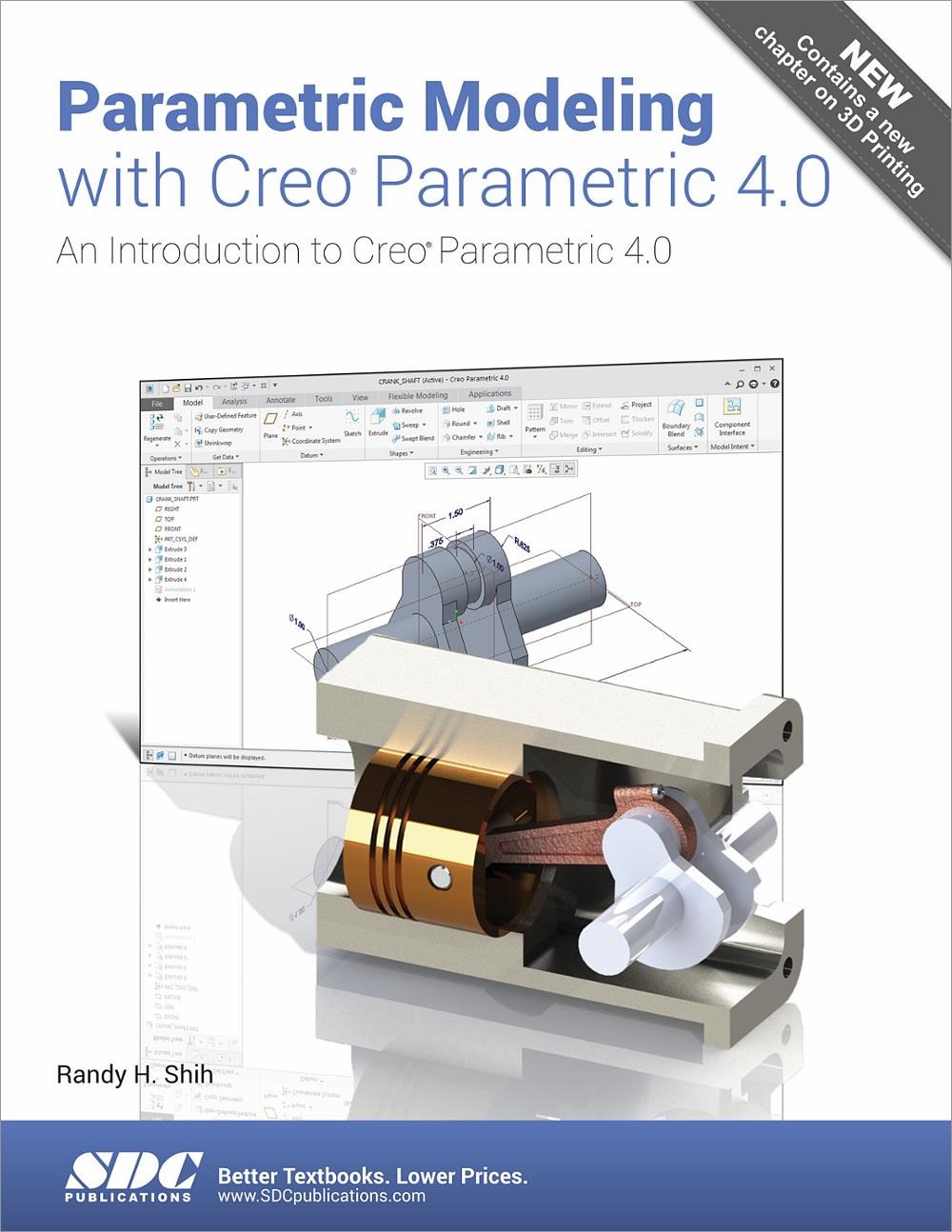
Moving to edits, parametric models keep ‘histories’ which define the different components in a model. Therefore, when it comes to designing truly organic, concepts, the nonparametric modelling technique is favoured by CAD users. This makes it easy to design prototypes for industrial use. It basically allows you to manipulate the faces of a model according to what your design requires. It does not require any rigorous application of constraints or parameters.

Therefore, you simply have to plan ahead and plug the constraints you have to build the 3D model. This makes it easy to use when you already have the required constraints to work with. Starting with ease of use, parametric modelling works within defined parameters. These criteria include: ease of use, ability to edit, and modelling abilities. To adequately compare both modelling options, a couple of criteria will be used. These juxtaposition of features is known as synchronous modelling or synchronous technology.Ĭomparing and Contrasting Between Parametric and Nonparametric Modelling Examples of this are Rhino, Creo, and Fusion 360. This is because most CAD producers integrate features of parametric modelling with features of nonparametric models. Today, it is a bit difficult to find CAD applications that are solely nonparametric. That is also why nonparametric modelling is also known as direct modelling. This means you directly model your ideas without working with pre-set constraints. Therefore, you will not be required to start with a 2D draft and produce a 3D model by adding different entities.

Nonparametric modelling involves a direct approach to building 3D models without having to work with provided parameters. Many of the CAD applications currently in circulation today, employ the parametric approach to 3D modelling. Therefore, modelling techniques that make use of parameters are known as parametric modelling. These constraints, dimensions, and other entities are known as parameters. The process usually starts with a 2D sketch followed by the integration of constraints, dimensions, and entities to form a defined 3D model.


Parametric modelling involves the building or design of 3D geometrical models piece by piece. The use of computer programmers to design 2D and 3D models was introduced in the ‘80s and with it came parametric modelling.


 0 kommentar(er)
0 kommentar(er)
